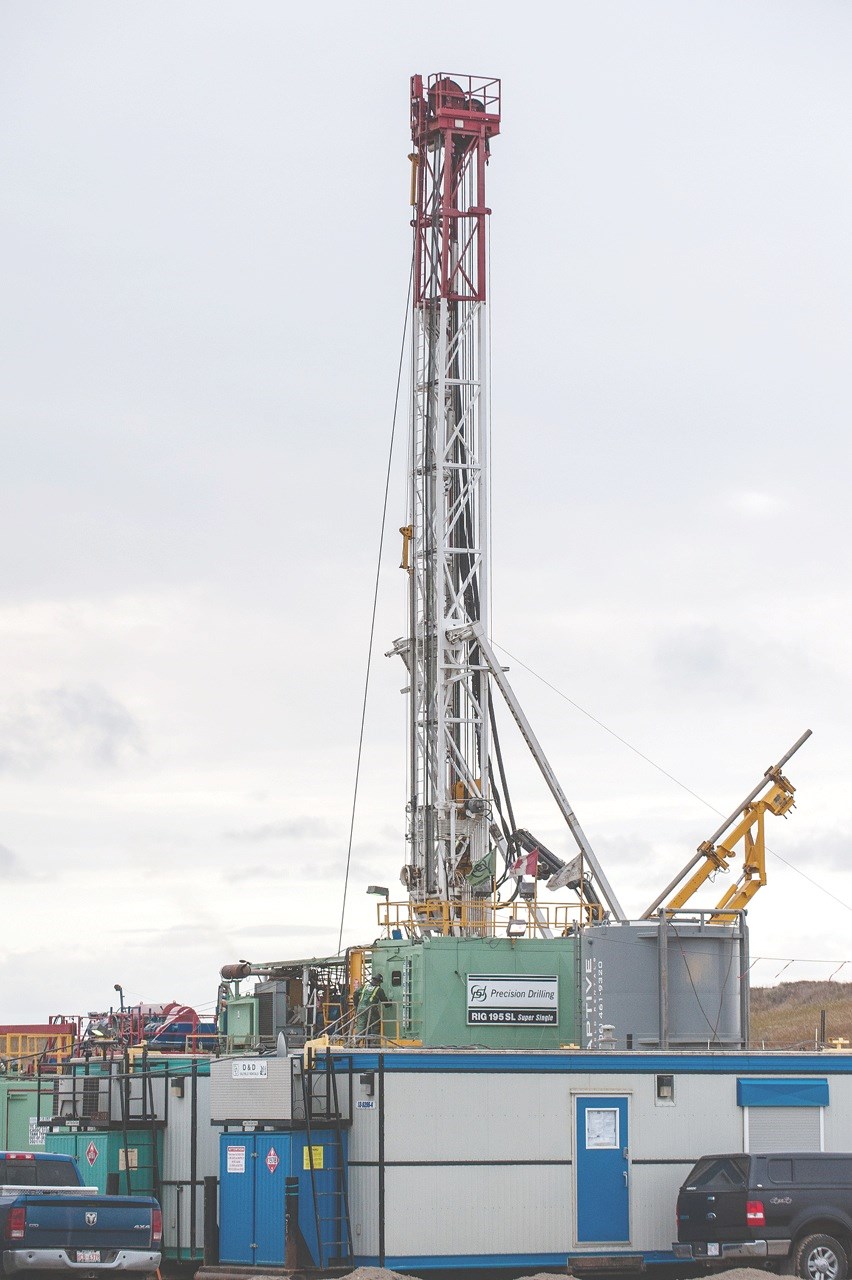Crescent Point Energy Corp. continues to focus on balance sheet improvement through capital allocation, cost reductions and increased cash flow generation, executives with the company said May 9.
The company reported higher adjusted funds flow from operations in the first quarter (Q1) of 2019, at $514 million (93 cents per share diluted), compared to $428.9 million (78 cents per share) in the year-prior quarter.
“We had a great start to the year, including net debt reduction of over $100 million during the first quarter, share repurchases totalling more $5.6 million since the launch of our normal course issuer bid (NCIB), ongoing cost improvements and increased hedging activity to protect our financial flexibility,” Craig Bryksa, president and CEO of Crescent Point, said during a conference call to discuss Q1 results.
“We now expect to generate approximately $600 million of excess cash flow in 2019, based on guidance at current strip prices,” Bryksa added. “We plan to allocate these excess funds to additional net debt reduction and accretive share repurchases.”
Approximately 70-80 per cent of excess cash flow in 2019 is expected to be allocated to debt reduction, with the balance going to its NCIB. The company believes share repurchases represent an attractive allocation of shareholder capital, given its current valuation.
During the quarter, Crescent Point realized an operating netback of $33.95/ barrel of oil equivalent (boe), flat compared with $34.49/boe in Q1 2018. The company’s operating netback within its key focus areas of Viewfield, Shaunavon and Flat Lake was approximately eight per cent higher than the corporate average, highlighting the lower costs and premium oil pricing associated with these plays, Crescent Point said.
During the first quarter, the company’s capital expenditures on drilling and development, facilities and seismic totalled $380.2 million, down approximately 50 per cent compared to $722.0 million in Q1 2018.
Crescent Point’s first-quarter 2019 program included $359.6 million spent on drilling and development to drill 188 (164.7 net) wells.
The company expects reduced spending in second quarter 2019 compared to first quarter, driven by normal seasonality related to spring breakup.
Based on the mid-point of its 2019 guidance, Crescent Point expects that its total capital expenditures in the first half of the year will account for approximately 50 per cent of its annual budget, highlighting new management's shift toward a more consistent capital and drilling program.
Overall, Crescent Point is on track with its 2019 budget — annual average production of 170,000–174,000 boepd and planned capital expenditures of $1.20 billion-$1.30 billion — which it said remains unchanged due to successful and ongoing cost saving, optimization and supply chain initiatives.
Net debt as at March 31 equated to approximately $3.9 billion, or 2.1 times trailing adjusted funds flow.
The company reduced its net debt during first quarter by $105.8 million, net of share repurchases and dividends.
Cash and unutilized credit capacity as at March 31 was approximately $1.72 billion, with no material near-term senior note debt maturities.
The company continued to actively hedge oil production during the recent improvement in commodity prices, including new hedges extending to late 2019 and 2020.
As at May 3, Crescent Point had, on average, approximately 45 per cent of its oil and liquids production, net of royalty interest, hedged through the remainder of 2019, approximately 35 per cent in the first half of 2020 and 23 per cent in the second half of 2020.
Crescent Point’s first quarter oil differential improved by over 60 per cent compared to Q4 2018, to $8.36/bbl. Based on realized prices to date and the current forward curve, the company expects its second quarter 2019 realized oil price to further increase by approximately 15 per cent relative to first quarter 2019.
Subsequent to first quarter, the company declared a quarterly cash dividend of $0.01 per share payable on July 2.
Average production in Q1 2019 was 175,955 boepd, comprised of approximately 91 per cent oil and liquids, down from 178,418 boepd in last year’s first quarter.
Management’s increased focus on improving costs and efficiencies is further highlighted in the Viewfield Bakken, an area the company has been developing for over 12 years. Crescent Point has reduced completion costs in this play during 2019 by approximately eight per cent compared to the trailing three-year average.
Due to existing market access in the Uinta Basin and risk-adjusted returns in the earlier-stage East Shale Duvernay play, Crescent Point continues to remain disciplined in allocating capital to these resource plays. In aggregate, these two areas account for about 15 per cent of the company’s 2019 capital expenditures budget, primarily weighted to the Uinta Basin.
Meanwhile, as part of its focus on decline mitigation, Crescent Point converted approximately 75 producing wells to water injection wells in the first quarter. The company plans to convert a total of approximately 145 wells in 2019 across its key focus areas, up from 79 in 2018.
In addition, subsequent to Q1, Crescent Point fully unitized its fourth unit in the Viewfield Bakken resource play for waterflood development, with additional opportunities identified for future waterflood expansion.
By consistently advancing its decline mitigation programs, the company said it expects to add low-cost reserves and enhance free cash flow generation while also reducing drilling requirements to sustain production.
During the first quarter, the company initiated a process for asset dispositions, which continues to progress. The company did not disclose any details on the conference call on May 9, but noted that proceeds from any deal will fund further net debt reduction and share repurchases.




